INTRODUCTION
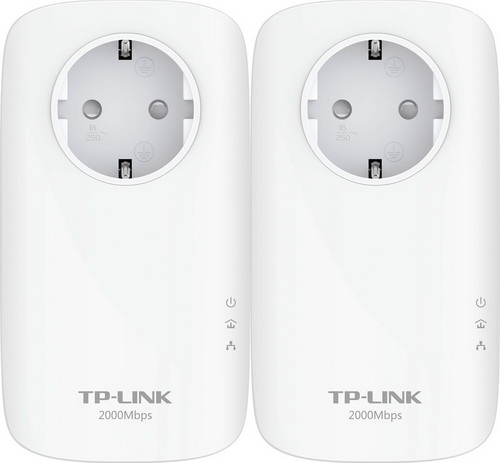
Although the very first powerline adapters made their appearance in the market roughly a decade ago and have been covered by media such as ours ever since many consumers (if not most of the people i know) are still not aware of them. Now at first i have to admit that powerline adapters had very little more to offer in terms of performance compared to Wi-Fi but they were more secure and for some people that was more than enough. Today however although powerline adapters are still nowhere near to competing with wired connectivity they usually offer higher and more stable data transfer rates compared to even some of the fastest routers in the market. TP-Link has released quite a few powerline adapter models over the years and for the past week we've been using their latest TL-PA9020P AV2000 2-Port Gigabit Passthrough Powerline Adapter Kit.
Founded in 1996, TP-Link is a global provider of reliable networking devices and accessories, involved in all aspects of everyday life. The company is consistently ranked by analyst firm IDC as the No. 1 provider of WLAN and broadband CPE devices, according to latest published IDC Worldwide Quarterly WLAN Tracker Report, Q32016 Final Release, supplying distribution to more than 120 countries and serving hundreds of millions of people worldwide. With a proven heritage of stability, performance and value, TP-Link has curated a portfolio of products that meet the networking needs of all individuals. Now, as the connected lifestyle continues to evolve, the company is expanding today to exceed the demands of tomorrow.
Up until recently the most advanced powerline adapters promised speeds (theoretical always, not achievable) of up to 1200Mbps but with the TL-PA9020P adapter kit TP-Link has introduced adapters with a theoretical maximum speed of up to 2000Mbps. Now we don't know the exact hardware differences between these 2000Mbps models and 1200Mbps models but we do know that they enjoy a slightly wider data bandwidth of 86MHz compared to the 67MHz of the 12000Mbps models (they all use Gigabit Ethernet ports however so the results shouldn't vary much). These new models fully support the HomePlug AV2 standard (compatible with AV2 powerline adapters) and feature 2 RJ45 Gigabit Ethernet Ports, Integrated power socket, 2x2 MIMO (Multiple Input Multiple Output) with Beamforming technology, Patented Power-Saving Mode (reduced electrical consumption up to 85%) and AES 128-bit hardware encryption. So time for us to see just how fast these new powerline adapters really are.
SPECIFICATIONS AND FEATURES
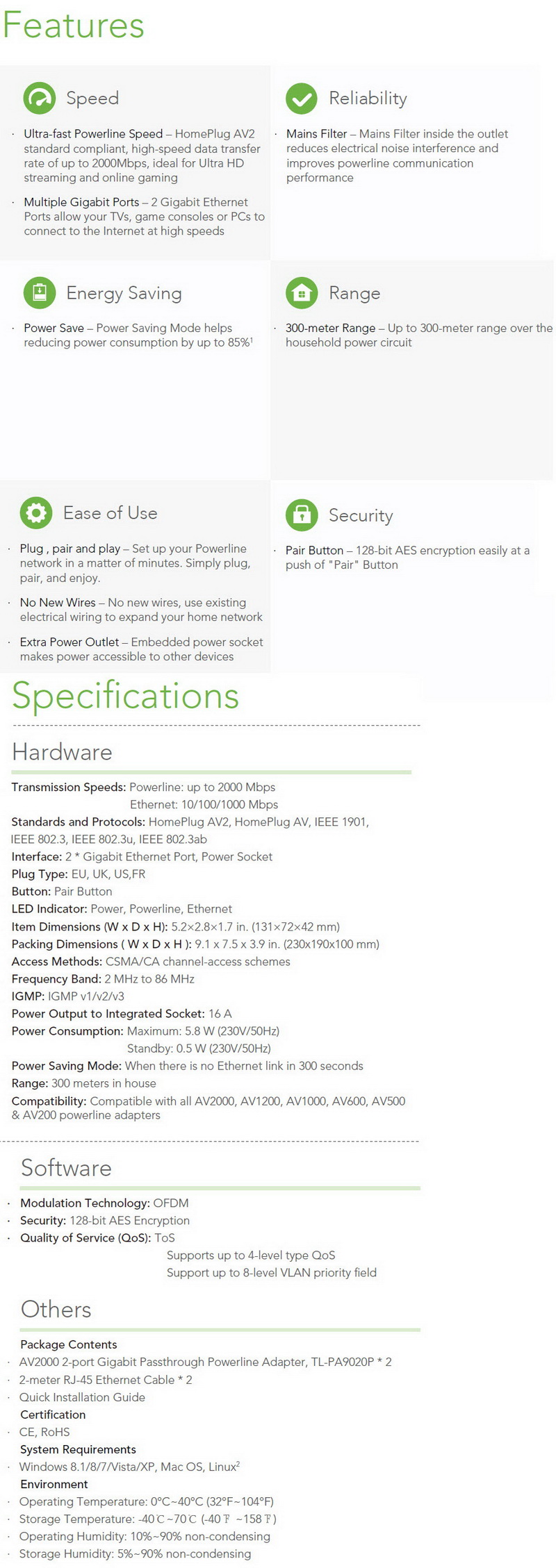
PACKAGING AND CONTENTS
The TL-PA9020P AV2000 kit arrived inside a white and green box that has a large product picture at the front right over the main product features.
The package contents are printed on the left side of the box right next to a 2D barcode and above a connectivity diagram.
On the opposite side we see the product specifications right over yet another product picture.
Moving at the rear we see the main product features explained in depth with the help of several drawings.
Both adapters are securely placed inside a formed piece of cardboard.
Along with the two TL-PA9020P AV2000 powerline adapters you will also get two RJ45 Gigabit Ethernet cables, two warranty information papers, plug and play guide and the quick installation guide.
THE TL-PA9020P AV2000 KIT
As usual TP-Link released the TL-PA9020P AV2000 kit in white color and although it's not very easy to see from our picture these adapters are among the thickest ones to ever reach our lab (42mm to be exact).
Child safety comes first so we're always checking to see if a powerline adapter has this protection.
Both adapters have a pair button and three activity LEDs on the left side for power, powerline connection and Ethernet connection.
In order to allow hot air to exit the enclosure both sides of each adapter are perforated as seen above.
Two RJ45 Gigabit Ethernet ports are placed at the base of each adapter.
A small sticker placed at the rear of each adapter contains the maximum electrical load (16A/3500W), MAC address, key, product barcodes and serial number.
TP-LINK PLC UTILITY
If you want more "control" over the powerline adapters TP-Link has software available for both Windows and MAC owners which you can grab from their official support page as seen above.
From the main screen you can see all connected powerline adapters and the current speed achieved between them.

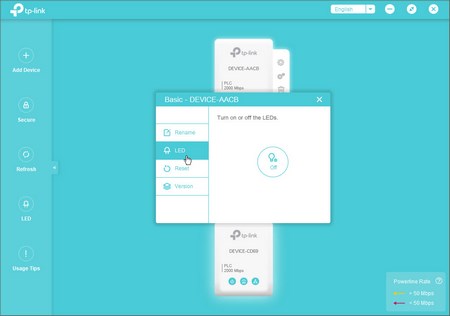


You can also rename each adapter, turn the activity LEDs on and off, reset the adapters to their factory defaults and check the current firmware version.
TESTING METHODOLOGY
As already mentioned plenty of times in the past the performance of Powerline adapters is directly linked to the quality of the buildings electrical grid/wiring so the output speeds from such devices will most probably vary between new and old structures. Still the results recorded when testing Powerline adapters inside the same building should easily point out the best one and so to that end we used the well-known Passmark Performance Test to measure the data transfer rate in wired, wireless and Powerline modes with a fixed (for every test) distance of 15 meters between our Netgear D7800 Gigabit modem/router (we changed from the DGN6300 since after 20 tests we saw no difference in performance) and the primary and secondary systems (30m in total between both systems / we make use of CAT7 cables for wired tests). For Wi-Fi capable powerline adapters we leave the secondary adapter at the same spot as with the other tests and used it with an 802.11 a/b/g/n/ac compatible Toshiba Qosmio Laptop placed roughly 5 meters away.
The network data transfer test was set to duration of 40 seconds and was repeated a total of 7 times after which the average numbers were recorded into our charts. As a secondary test we are also using QCheck by Ixia which is considered amongst the top measuring tools of its kind. Tests are performed 7 times at throughput mode with a data size of 1000Kb and in the end the average numbers once again get recorded into our charts. As of February 2015 we also record ATTO results in our charts (256MB total length) after 7 repeats.
TEST RESULTS
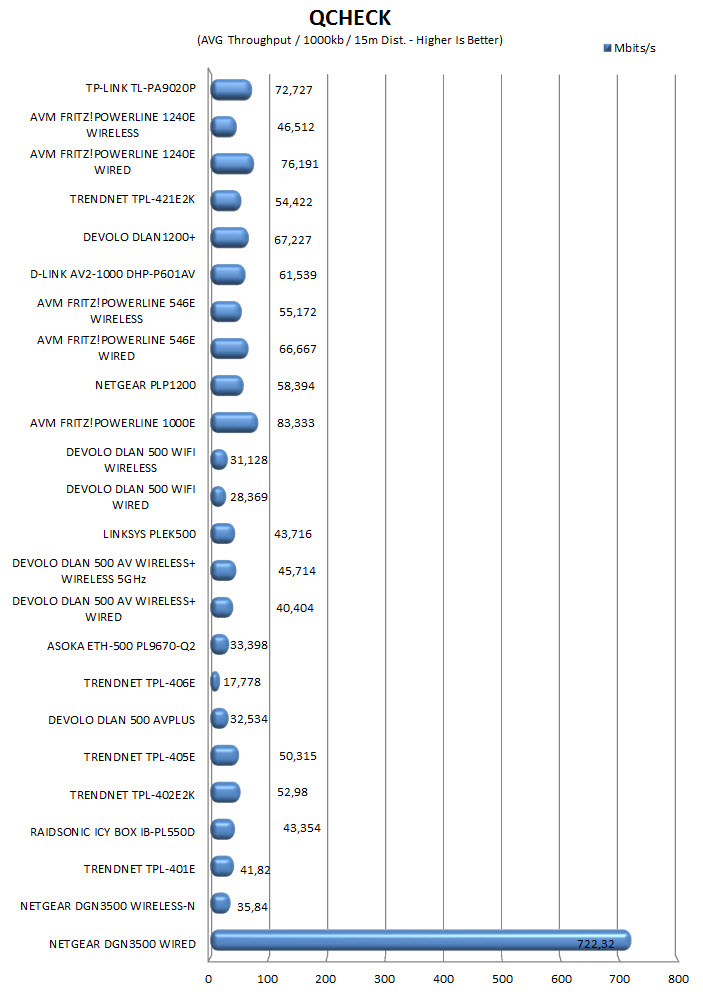


CONCLUSION
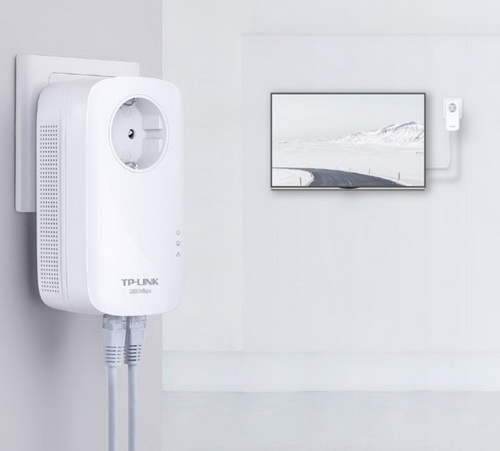
Powerline adapters are currently severely limited by one thing and that’s the quality of the local electrical grid/cables running through your walls. That being said although we may never see a powerline adapter kit rival the performance of wired Ethernet connectivity it does seem that some slight advances can be made in that field as showcased by the TL-PA9020P AV2000 2-Port Gigabit Passthrough Powerline Adapter Kit by TP-Link. The intergrated electrical socket is something we see more and more with powerline adapters so although not something unique it’s always good to have (although the adapter is just a tad thicker than expected).
So just how much do you have to spend to get the TL-PA9020P AV2000 2-Port Gigabit Passthrough Powerline Adapter Kit by TP-Link currently? Well right now this kit retails for USD97.70 inside the USA (Amazon.com) and for 105Euros inside the EU (Amazon.co.uk) and since it’s currently the fastest overall in our charts we consider its price to be more or less balanced. At the end of the day the AV2000 tag on the TL-PA9020P kit may be somewhat of a marketing “trick” but still its performance sits at the top and since powerline adapters are all about performance this kit is well worth our Platinum Award.

PROS
- Build Quality
- Fastest Powerline Adapter To Date (In Our Charts)
- 2000Mbit/s (1000Mbit/s Effective)
- Integrated Electrical Socket
- Dual RJ45 Gigabit Ports
- Low Power Consumption (PowerSave Mode)
- AES 128-Bit Encryption
CONS
- Price (For Some)
- Thickness

 O-Sense
O-Sense





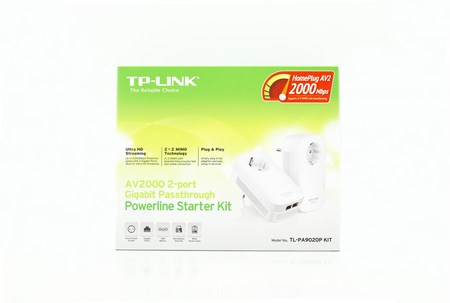


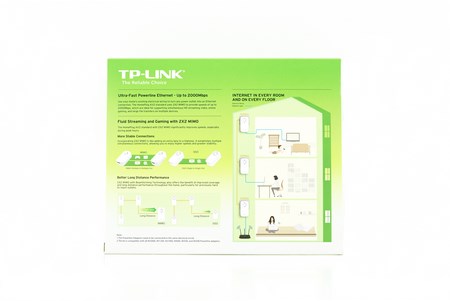


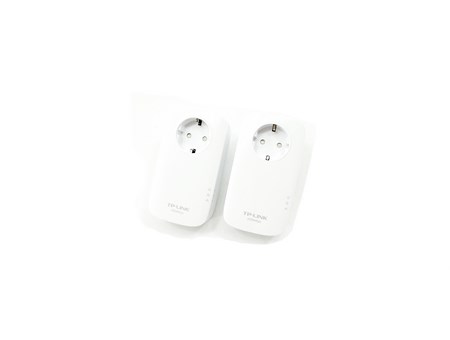





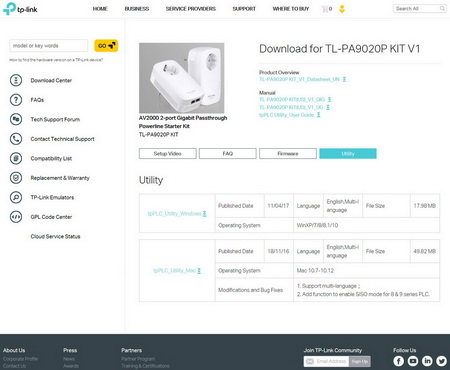



.png)

